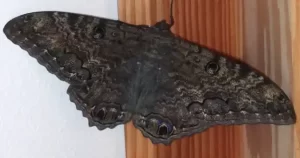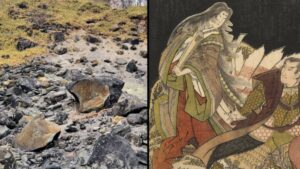The Atacama Enigma: Unearthing a Millennia-Old Preserved Corpse
In the vast expanse of Chile’s Atacama Desert, known for its ethereal landscapes and bone-dry conditions, a startling discovery has emerged from the sands. A long-buried corpse, astonishingly well-preserved by the desert’s arid climate, has retained its skin, hair, and clothing, seemingly defying the relentless march of time. Preliminary assessments by researchers suggest this individual may have lived as far back as 5020 BC, offering an unprecedented window into ancient civilizations and cultures.
The Find
Local inhabitants initially stumbled upon the corpse during a routine excavation. The remarkably intact state of the remains was immediately evident, with the preservation level rarely seen outside of deliberate mummification. The Atacama’s unique climate – one of the driest on Earth – played a pivotal role in ensuring the body’s longevity, protecting it from decomposition agents like moisture and bacteria.
Historical Significance
The age estimation places the individual within a time before recorded history, in the era of early human civilizations and possibly even predating some of them. The corpse’s attire, tools, and any accompanying artifacts can provide invaluable insights into the lifestyles, beliefs, and social structures of the communities that lived in or migrated through the Atacama region during that time.
Scientific Analysis
Researchers have taken great care in extracting DNA samples, studying the preserved tissues, and radiocarbon dating to ascertain the corpse’s age. While the preliminary date of 5020 BC has generated significant buzz, the team is conducting further tests to confirm this timeline.
One of the most intriguing aspects of the find is the preservation of organic materials like skin and hair. These can offer details on the individual’s diet, health, and possibly even genetic lineage. Furthermore, the clothing could shed light on the materials and crafting techniques used during that epoch.
Cultural Implications
For Chile and its indigenous populations, this discovery holds profound cultural and spiritual significance. It could reinforce narratives about ancient ancestors, migration patterns, and the deep-rooted connection between the land and its people. Efforts are being made to involve local communities in the decision-making process concerning the corpse’s future, ensuring that the remains are treated with the respect and reverence they deserve.
Conclusion
The unearthing of this ancient corpse in the Atacama Desert is more than just an archaeological sensation. It’s a testament to the capacity of our planet’s diverse environments to lock away secrets, preserving fragments of history for future generations. As scientists continue their analyses, the world waits with bated breath for the stories this millennia-old individual will reveal.












